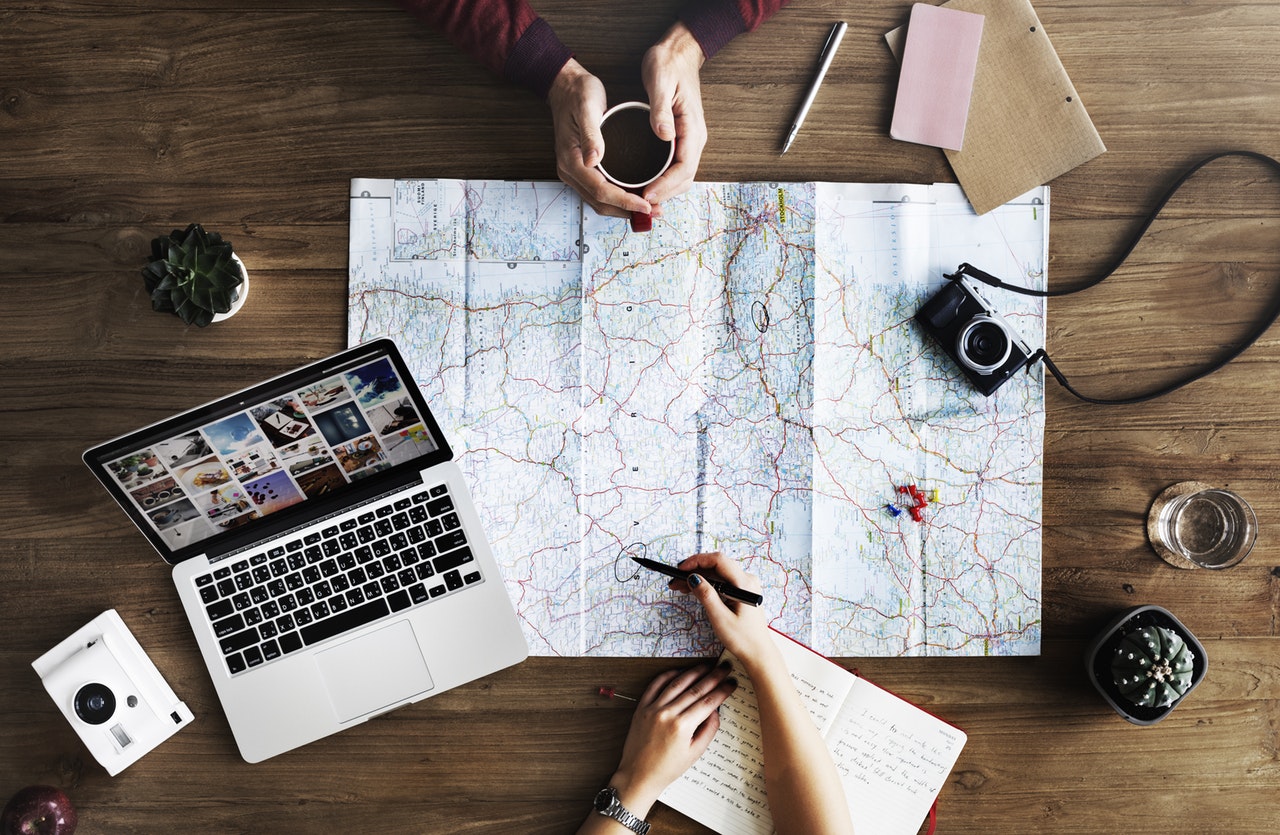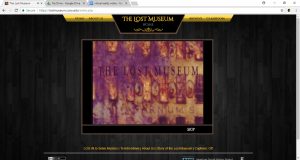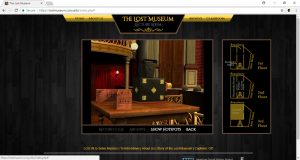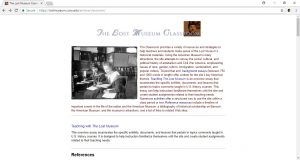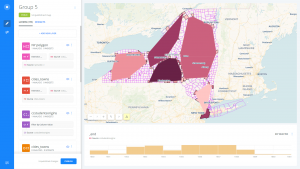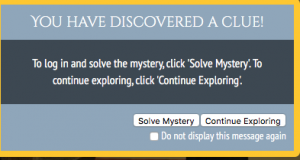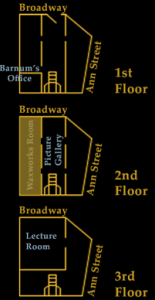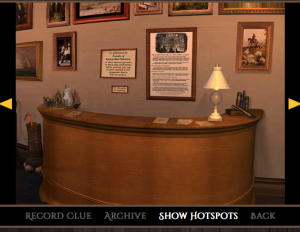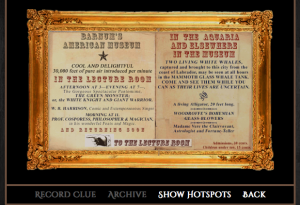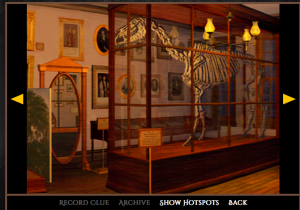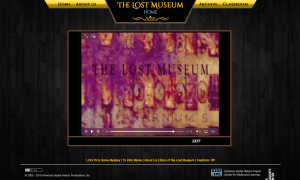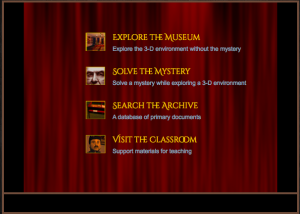The website was an interesting experience.
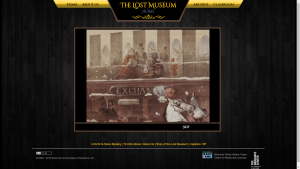
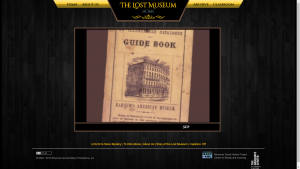
The introduction video was cool and educational but the music toward the end when the narrator started talking about the fire became a little unsettling and demonic. It was borderline annoying over it meaning to sound ominous or spooky.
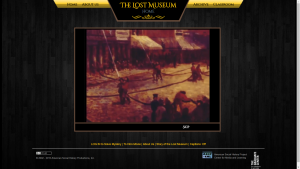
I definitely appreciate the SKIP feature for the intro video and other mini clips throughout exploration of the museum because it doesn’t lock any visitors into unwanted observations. I think using the point and click approach to be able to see certain parts of the museum can serve as an engaging experience for younger audiences (rather than just having a long video with slides of each room and lectures about each picture). The feature also gives a little free reign to users which caters to the museum atmosphere; yes there are tours, but in most cases, people are allowed to go through an actual museum in whatever way they like. This somewhat reminded me of the Oregon Trail game because of it’s early 2000s like academic gaming atmosphere and graphics. I didn’t interact with the mystery game in the museum but I’m sure it’s entertaining. What tells me that this website is still a work in progress (or perhaps an abandoned work) are the rooms that have no visiting or clicking features. Nonetheless, the website still does its job. This is off topic but I just watched The Showman not too long ago and in the movie/musical it showed that the fire was started by a scuff between rioters and the carnies but I have no idea if that is factual.
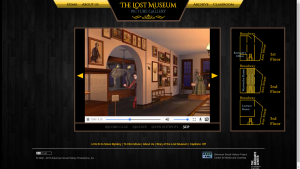
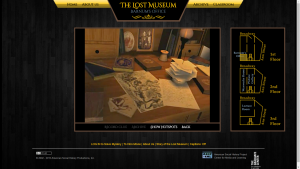
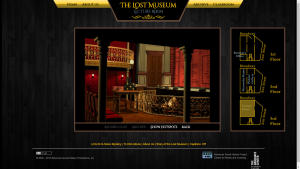
At the end of the day, I’d choose learning history from digital museums and maps rather than reading about it in a text book. But I think visualizing history comes with much more than just the entertainment value, it comes with uniquely acquired knowledge and stimulates the mind to think and visualize in different ways.
-Grant Boyd
